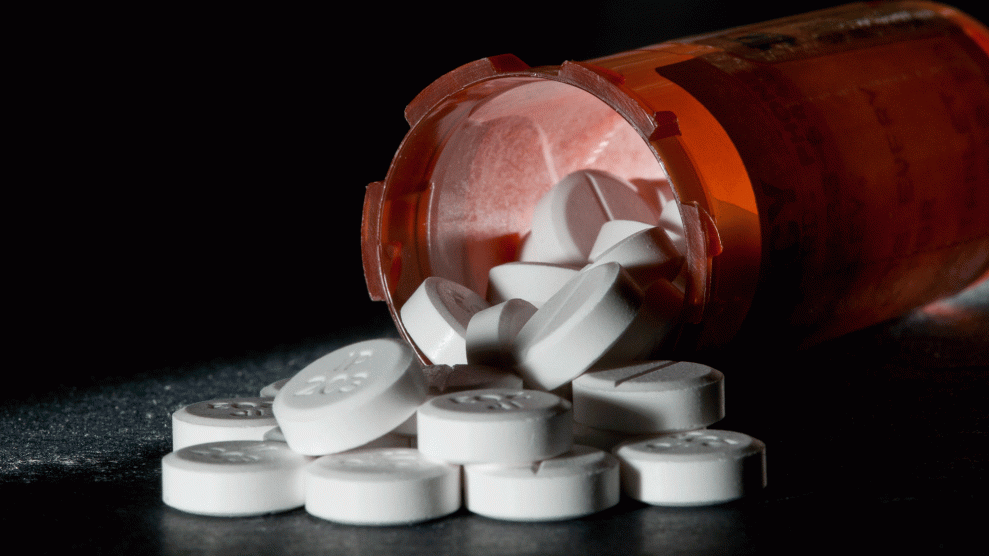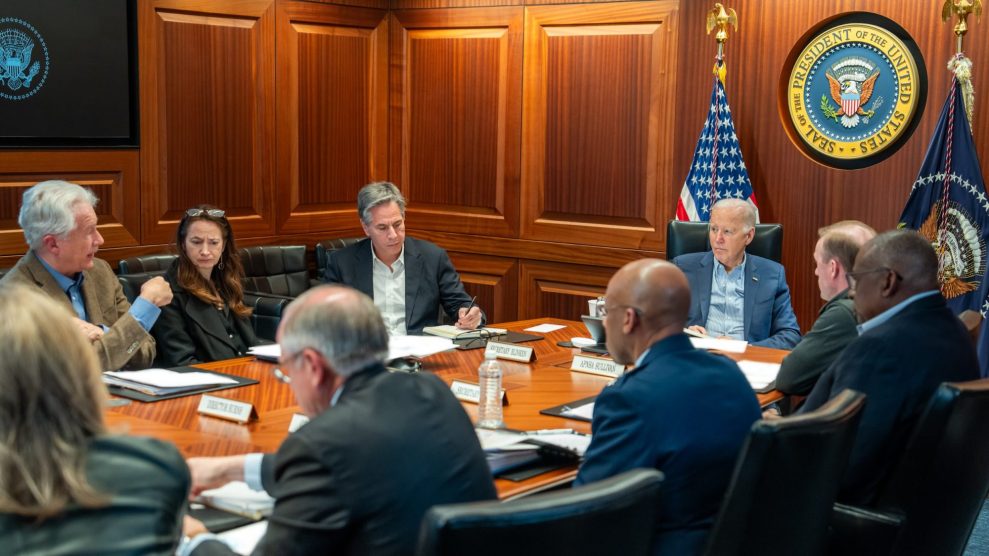
Education Images/Getty
In a rare moment of bipartisanship, the Senate passed a sweeping legislative package Monday evening aimed at the opioid epidemic. It includes a number of important provisions, including funding for treatment and recovery programs, but many drug policy experts say the package is an incremental, election year response that doesn’t do enough to tackle the overdose epidemic that killed an estimated 72,000 Americans last year.
The bill, which passed on a 99-1 vote and merges proposals from five Senate committees and more than 70 senators, largely matches the House version that passed in June, although lawmakers still need to work through a handful of contentious differences. In any case, here are the basics on the Opioid Crisis Response Act of 2018:
What the bill does:
- Expands access to addiction treatment and recovery services, particularly through a grant program for “comprehensive opioid recovery” centers where people getting drug treatment could access other social services, including job training and temporary housing
- Gives the National Institutes of Health authority to fast-track research on nonopioid pain therapies
- Reauthorizes the Office of National Drug Control Policy, the White House office charged with spearheading drug policy, which President Donald Trump’s budget writers nearly eliminated last year
- Requires the Department of Health and Human Services to publish best practices for recovery housing and sober homes—which are largely unregulated—and guidelines on treating prenatal opioid abuse
- Allows the Food and Drug Administration to require drug manufacturers to package certain opioids in blister packs with a three- or seven-day supply to prevent overprescribing
- Authorizes $20 million for states to develop evidence-based, family-centered substance abuse prevention and treatment services for families with children at risk of entering foster care
- Provides loan repayments for behavioral health providers practicing in areas that have too few addiction-treatment providers
What the bill doesn’t do:
While the bill outlines a number of far-reaching goals, drug policy experts say Congress hasn’t allocated nearly enough money to execute them well. In fact, according to the Congressional Budget Office, the act would be revenue-neutral. “How much money was Congress willing to spend on the worst opioid epidemic in US history? None,” said Keith Humphreys, a Stanford psychiatry professor and former drug policy adviser under President Barack Obama.
The current legislation authorizes $500 million in annual spending under the 21st Century Cures Act, meaning states will have to compete for competitive grants. For perspective, earlier this year, Sens. Elizabeth Warren and Elijah Cummings sought to pass a bill that would have provided states $100 billion over 10 years—modeled directly after the legislation Congress passed in 1990 that provided an infusion of federal funding to combat the HIV/AIDS crisis.
“Given that there was no consensus in Congress in favor of a really big investment such as we employed for AIDS, the two sides did the next best thing which was agree on many second-tier policies that were smaller bore,” Humphreys said. “There are good things in the bill that will save lives, but it will not be transformational.”
What’s yet to be determined:
There are some big differences between the House and Senate bills that have yet to be resolved. The House bill calls for Medicare to cover opioid treatment, including methadone, whereas the Senate bill requires a five-year “demonstration project to test Medicare coverage.”
Both the House and Senate bills bring up a rule that prohibits Medicaid from paying for residential addiction treatment facilities with more than 16 beds. The rule, known as the “IMD exclusion” (short for institutions for mental disease), draws its origins from efforts half a century ago aimed at deterring mass institutionalization of people with mental illness, but drug policy experts say the rule is hindering access to substance abuse treatment. The House bill partially overturns the IMD exclusion, limiting it to mental health patients addicted specifically to opioids. The Senate bill would repeal the rule only for drug-addicted pregnant and postpartum women.
Sen. Lamar Alexander (R-Tenn.), the head of the Senate health committee, has said Senate staffers are already talking with their House counterparts in the hope of finalizing legislation for Trump to sign within the next few weeks.
“I am hopeful that by passing this bipartisan legislation we can move forward with giving communities and families some of the support that they need,” said Sen. Maggie Hassan (D-N.H.), a member of the committee, in a statement. “But the biggest mistake that anyone could make is thinking that our efforts are anywhere close to being done.”
















